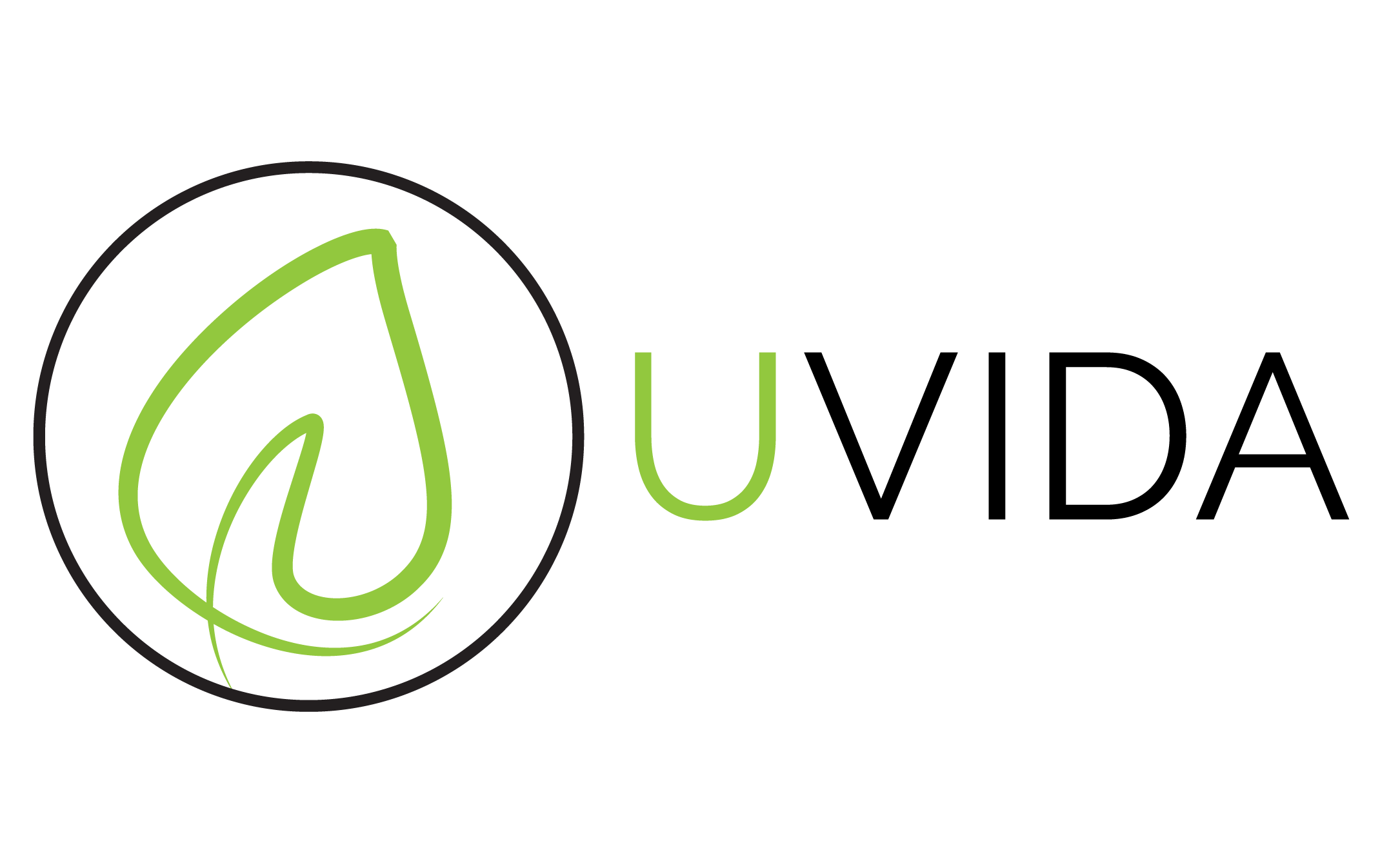It’s Pride Month! So, we’re taking the time to do a deep dive into the intersection between the LGBTQ+ rights and environmental justice movements.
Please note that while the word “queer” has a complicated history as a reclaimed insult, we intend to use it here as a respectful and inclusive term for members of the LGBTQIA+ community.
What is Intersectionality?
Intersectionality is an understanding of how various aspects of someone’s identity (race, class, gender, etc.) can combine and overlap to change how we experience privilege and disadvantage. From an environmental standpoint, that might mean having better access to parks and natural spaces versus living near polluting industries. For many LGBTQ+ people, that unfortunately ends up looking more like environmental injustices than a nearby farmer’s market.
What Environmental Injustice Looks Like
Discrimination against queer people often results in these communities experiencing the worst and more extreme parts of environmental issues. When you’re already experiencing higher rates of poverty and homelessness, health issues from poor air and water quality, greater risk of sea level rise, and food insecurity aren’t much of a surprise. Trans people in particular are much more likely to feel these impacts, with trans Americans experiencing poverty at twice the rate of the general U.S. population. And those rates are even higher for trans people of color.

Smog over Los Angeles, California. Credit: Westend61/Getty Images
While the early days of conservation began in predominantly white, male, and affluent circles, many of the challenges facing both queer people and natural spaces stem from the same capitalist and patriarchal systems that prioritize profit over people. Take air pollution, for example. When unregulated industries are placed near low-income LGBTQ+ spaces, the pollutants they release not only contribute to climate change (environmental harm), but they also lead to higher rates of respiratory illness among residents (LGBTQ+ harm).
Collaboration! Queer and Environmental Advocacy
It’s not all doom and gloom! Queer and environmental rights are, at their core, about creating a safe and healthy world for everyone. It’s no surprise then, that both the LGBTQ+ rights and environmental justice movements, both largely led by black activists, began to emerge in the U.S. around the same time (think mid- and late-1900s). Many studies actually show that LGBTQ+ people are more involved in environmental advocacy and other social movements.
There’s a lot we can learn from each movement individually, but even more we can achieve by combining them. Especially since their interconnectedness means they often have shared solutions. There are many examples, for instance, of queer farmers creating community gardens – like Hilltop Urban Gardens in Tacoma, WA – that both address food insecurity in LGBTQ+ communities and support local agriculture.

Image: socialjusticefund.org
What Next?
Queer environmentalism doesn’t disappear at the end of Pride Month. As with most activism, the best thing you can do is educate yourself and speak up about social justice issues. This is our way of getting the ball rolling on this discussion, but conversation doesn’t happen in a bubble! We’d love to hear your thoughts, experiences, or further readings in the comments!
Here are some other readings we love:
-
Queer Ecology and Intersectional Environmentalism from Sustained Kitchen
-
How Environmental and Climate Injustice Affects the LGBTQI+ Community from the Center for American Progress
-
Why Queer Liberation is an Environmental Justice Issue from Earthjustice
-
Why We Need Intersectional Environmentalism from Sustained Kitchen

